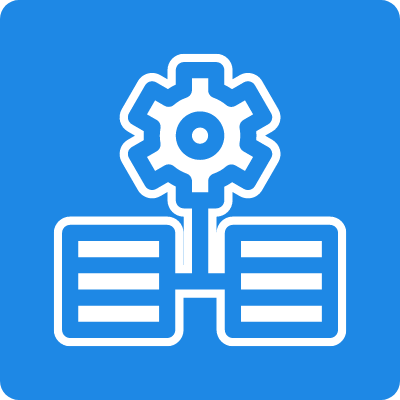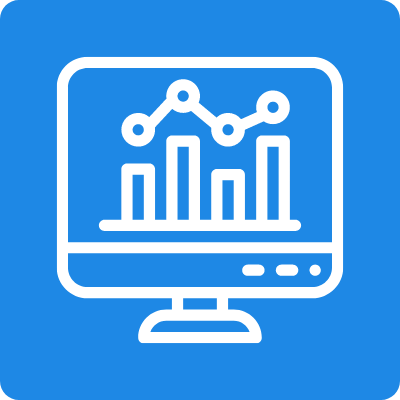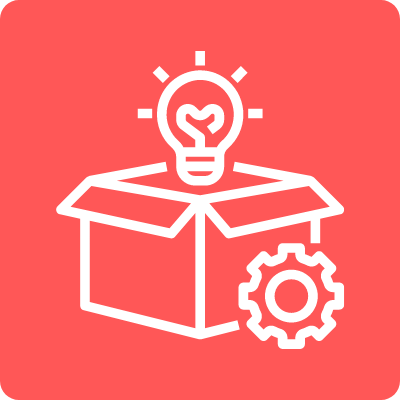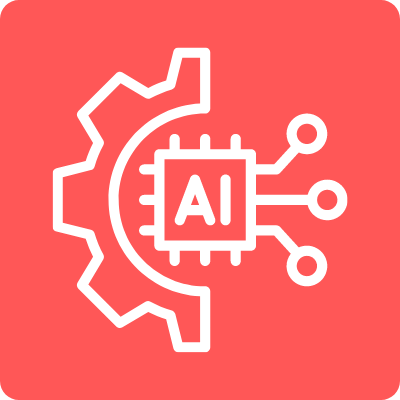Introduction: Enabling Interoperability in Diagnostic Workflows
In today’s digital healthcare landscape, seamless integration between Laboratory Information Systems (LIS) and Electronic Health Record (EHR) platforms is critical for accelerating clinical workflows and improving patient outcomes. At the forefront of this transformation is the integration of Biopsy LIS with leading EHR systems—Epic, eClinicalWorks (eCW), and Modernizing Medicine (Mod Med)—enabled through the Mirth Connect interface engine and HL7 v2 messaging standards.
This document outlines the comprehensive approach to LIS-EHR interoperability, showcasing how Mirth Connect facilitates the bi-directional exchange of biopsy orders, results, and patient demographic data while ensuring compliance, security, and clinical accuracy.
Purpose of the Integration
The primary goal of this integration is to:
-
🧬 Automate the exchange of biopsy orders and results between LIS (Laboratory Information Systems) and EHRs (Electronic Health Records).
-
❌ Eliminate manual data entry errors to improve accuracy and reduce administrative burden.
-
⚙️ Streamline diagnostic workflows for pathologists and clinicians, enabling faster, more efficient care.
-
🔐 Ensure timely and secure communication of critical patient and lab information.
By facilitating real-time data exchange through HL7 v2 messages, this integration improves operational efficiency and enhances patient-centric care delivery.
Project Scope and Integration Ecosystem
Systems Involved:
-
- Biopsy Laboratory Information System (LIS) – Manages test workflows, from order intake to result reporting.
- Electronic Health Record Systems (EHRs) – Epic, eClinicalWorks (eCW), and Modernizing Medicine (Mod Med) that manage patient records, orders, and reports.
- Mirth Connect – An open-source integration engine that enables routing, transformation, and orchestration of HL7 messages.
- HL7 v2 Messaging Protocol – The industry-standard for structured healthcare data exchange.
Core Integration Components
1. Biopsy LIS:
Handles sample collection, biopsy test processing, histopathology documentation, and result approval workflows.
2. EHR Systems (Epic, eCW, Mod Med):
Used by healthcare providers to manage patient demographics, clinical orders, test results, prescriptions, and follow-up plans.
3. Mirth Connect Engine:
Acts as the middleware to:
- Translate and route HL7 v2 messages
- Transform LIS outputs into EHR-readable formats
- Perform validation, error handling, and logging
4. HL7 v2 Messaging:
Supports data interoperability using standard message types:
- ORM^O01 for biopsy test orders
- ORU^R01 for biopsy test results
- ADT for patient demographic updates
End-to-End Biopsy Data Integration Workflow
A. Biopsy Order Workflow
- The EHR (e.g., Epic) generates a biopsy order and sends an ORM^O01 message to Mirth Connect.
- Mirth Connect validates the message and transforms it to match the Biopsy LIS schema.
- The formatted message is transmitted to the LIS system for order registration and processing.
B. Biopsy Result Workflow
- Upon result completion, the Biopsy LIS generates an ORU^R01 message containing the diagnostic findings.
- Mirth Connect processes the message, ensuring field-level transformations to comply with the destination EHR format.
- The results are securely transmitted and integrated into the patient’s chart in Epic, eCW, or Mod Med.
Technical Architecture and Message Configuration
HL7 v2 Message Types:
- ORM^O01 – Used for transmitting biopsy test orders from EHR to LIS
- ORU^R01 – Used to deliver biopsy results back to EHR systems
- ADT (A01, A04, A08) – For patient registration and update events
Key HL7 Segments:
- MSH: Message header containing metadata like sender, receiver, and timestamp
- PID: Patient identifiers and demographic data
- OBR: Observation request details (test name, specimen, ordering physician)
- OBX: Actual biopsy results (narrative, structured data, pathology findings)
Message Routing Logic:
Mirth Connect uses channel-based routing rules, filtering logic, and transformation scripts (JavaScript or Velocity) to:
- Route messages to the appropriate EHR
- Handle varied message formats across different platforms
- Log and queue messages for retry in case of failure
Data Mapping and Transformation
Each EHR system interprets HL7 messages differently. Our
integration involves:
- Customized field mapping from the Biopsy LIS to each EHR’s data schema
- Normalization of clinical codes(e.g., LOINC, SNOMED CT)
- Template-based transformation logic to ensure the structural and semantic accuracy of all exchanged data
- Real-time validation to ensure HL7 conformance
Error Handling and Recovery
Automated Error Management:
- Mirth logs all incoming/outgoing messages
- Invalid messages trigger alerts and are quarantined for manual review
- Detailed logs assist in root-cause analysis
Message Recovery:
- Failed messages can be reprocessed once corrected
- Configurable retry policies ensure message delivery without duplication
Data Security and Compliance
Security Measures:
· SSL/TLS encryption for message transmission
· Role-based access control for Mirth Connect administration
· IP whitelisting and connection throttling to prevent unauthorized access
Regulatory Compliance:
· HIPAA-compliant workflows for Protected Health Information
(PHI)
· Audit trails for message transmission, access, and modification
· Alignment with GDPR principles for data
minimization and user rights (where applicable)
Testing and Validation Strategy
1. Unit Testing:
- Validates individual HL7 message structures and field-level mappings.
2. Integration Testing:
- Ensures message flow from EHR → Mirth → LIS and vice versa is seamless and accurate.
3. User Acceptance Testing (UAT):
- Involves real-world clinical scenarios to verify integration usability, reliability, and data accuracy
Post-Go-Live Support and Maintenance
· 24/7 Monitoring of Mirth channels and message queues
· Real-time alerts for failures or delays
· Periodic updates to accommodate EHR upgrades, LIS enhancements, or new message types
· Detailed documentation and version-controlled configuration files
Benefits of LIS-EHR Integration Using Mirth Connect
✅ Improved Turnaround Time: Instant transmission of orders and results
✅ Error Reduction: Eliminates manual data entry and reduces transcription errors
✅ Clinical Efficiency: Seamless access to pathology data within the EHR
✅ Regulatory Compliance: Meets industry standards for security and interoperability
✅ Scalability: Easily extendable to support additional lab departments or facilities
✅ Cost-Effective Middleware: Utilizes open-source Mirth Connect, reducing licensing costs co
Conclusion: Future-Ready Diagnostic Integration
By leveraging Mirth Connect and HL7 v2, Santeware delivers a robust and scalable solution for integrating Biopsy LIS with Epic, eCW, and Mod Med EHRs. This integration empowers healthcare providers to access real-time biopsy data, make informed decisions faster, and ultimately improve patient outcomes.
Looking for LIS-EHR Integration Expertise?
Santeware is your trusted partner in healthcare data interoperability. Whether you’re integrating a new LIS or upgrading legacy systems, our domain-focused teams and proven architecture ensure seamless, secure, and standards-compliant communication between your diagnostic and clinical platforms.
📩 Contact us today to schedule a consultation and discover how we can help digitize and connect your healthcare ecosystem.












